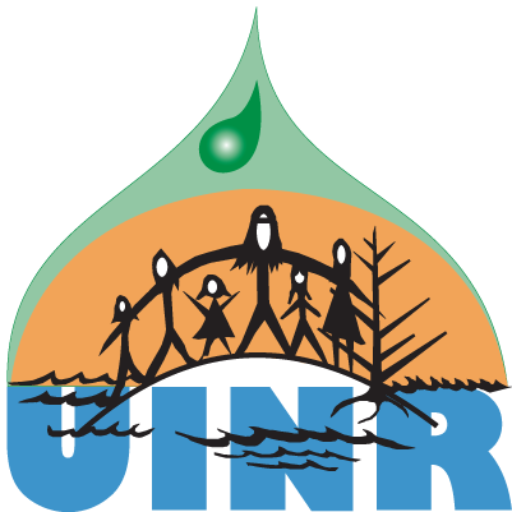To keep our readers up-to-date on the state of Unama’ki Mi’kmaq fisheries, here is an update on the 2010 season so far.
Lobster prices showed a slight improvement over last year because of the slow recovery of the economy. On average, the price was 10% to 20% more than last year. The slight improvements in price and landings are promising and we hope this trend will continue to levels seen a few years ago with prices in the $6 per pound range. Most fishing areas experienced an increase in catch rates which was a welcomed relief after the devastating 2009 season that saw record lows for prices and catch rates. The 2010 season started off with low prices due to record catches throughout the Maritimes, but as the season continued prices showed a slight improvement. Some areas saw no change in catch and price, while others experienced small catch and price increases.
Shrimp–The Scotian Shelf (SFA 13, 14 and 15) experienced a large recruitment in biomass which increased the 2010 total allowable catch. With fewer Gulf of St. Lawrence shrimp (SFA 12) available this year, the price increased slightly and with the Gulf of Mexico oil spill, Unama’ki communities could generate more revenue from the high biomass and potential for increased shrimp prices in the upcoming years. Unama’ki communities involved in shrimp fishing have an interest in the proper management of the resource and are active in co-management with other users and DFO.
Snow crab–The snow crab biomass is at its peak in Areas 23 and 24 which translates to increases in total allowable catches for each community-held license. Unfortunately, this increase is slightly offset by DFO’s decision to issue another license in Area 23 in the 2009 season. This wasn’t felt this year because of the increase in available biomass, but as biomass continues to fall, every affected license will feel the impact of the newly-issued license. Prices are beginning to increase and we expect them to continue to increase over the next few years as the economy recovers. With snow crab supply in the Gulf of St. Lawrence (Areas 12 and 19) at the lowest biomass seen in years and an anticipated slow recovery, we should see the world market paying higher prices. This year, the Gulf of St. Lawrence (Area 19) experienced a 64% decline in total allowable catch over last year and as a result, fishermen caught their quota in a short period. This helped reduce operating costs but not potential revenue. An increase in total allowable catch in Areas 23 and 24 helped Unama’ki communities generate revenue for their communities after experiencing low prices in the snow crab and lobster seasons.
Ground Fish–The ground fish industry remained stable over the past year with the majority of landings coming from Georges Bank. The industry has moved away from the coast of Southern Nova Scotia and mainly focused on the South Western end in areas off Yarmouth and Shelburne in zones 4x and 5z (Georges Bank). Unfortunately, as more species don’t recover from over-fishing, more species could end up on the Species-At-Risk listing, limiting fishing and making significant changes in future fishing patterns and locations. Fortunately, Unama’ki communities that fish for Groundfish are specialized in fishing for certain species and may not be affected in management decisions protecting certain species or areas.
Scallops–The Bay of Fundy scallop fishery has remained stable. Prices and the total allowable catch has remained at around the same level as in the past few years. This is a well-managed fishery with yearly surveys ensuring that the biomass is stable and available for fishermen who rely on this fishery commercially as well as for food, social and ceremonial use.
UINR currently holds a seat on the Eastern Scotian Shelf Integrated Management Initiative, a group made up of academics, provincial representatives, NGOs, DFO, shipping, oil and gas, environmental groups, fishermen and concerned citizens that discuss management concerns and issues in the Eastern Scotian Shelf (ESSIM Area). We meet regularly to discuss items of interest to ensure that the ESSIM area is properly managed and cared for and that no one group can take advantage of or abuse the area. Eskasoni’s Crane Cove Seafoods participates in the meetings to ensure that the views of its fishery are known to the other participants of ESSIM.
UINR and the five Mi’kmaq Unama’ki communities also hold seats on the NORIGS3 coalition. This group works with a united approach to stop oil and gas exploration on Georges Bank. This is the only area that is still lucrative in ground fish and is a spawning area for many different types of species. Oil and gas exploration on Georges Bank could have a devastating effect on the Unama’ki communities as well as the Nova Scotian economy that relies on it.
hubert@uinr.ca

